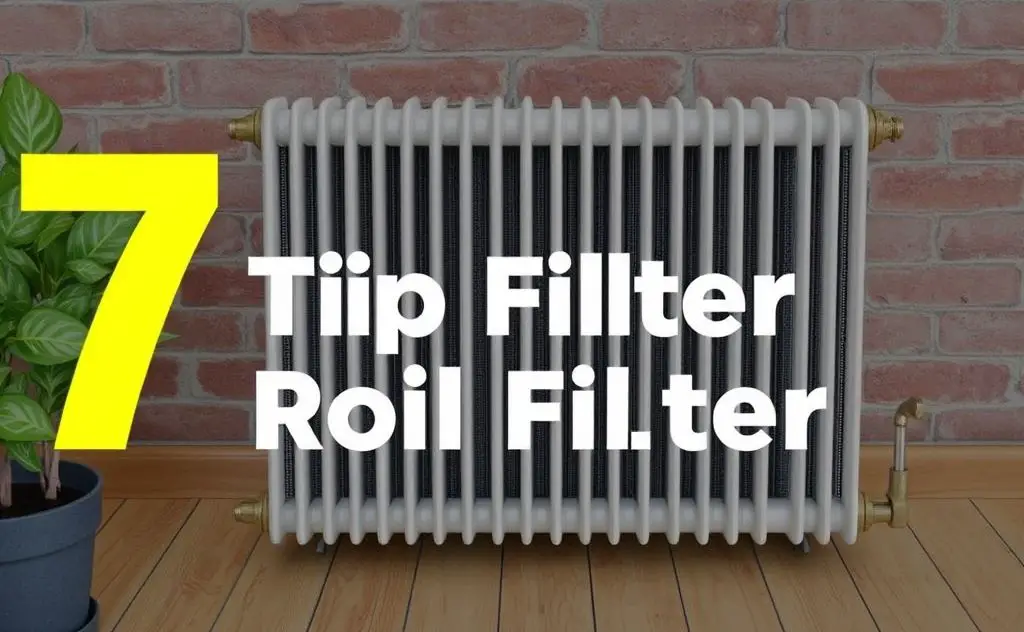To improve oil-filled radiator efficiency, ensure proper placement away from obstructions, maintain clean surfaces, and regularly check the thermostat settings.
Oil filled radiators provide steady, comfortable heat while being energy efficient. But are you getting the most from yours? Follow these expert tips to maximize performance and reduce energy waste.

How Oil Filled Radiators Work
These heaters contain diathermic oil that’s heated by an electric element. The oil retains heat exceptionally well, continuing to warm the room even after the element cycles off. This makes them more efficient than fan heaters that blast hot air then cool instantly.
Key Efficiency Factors
- Thermal retention – oil stays hot longer than dry elements
- Precise thermostats – prevent overheating
- Programmable timers – heat only when needed

7 Ways to Improve Efficiency
1. Clean Regularly
Dust buildup acts as insulation, trapping heat inside. Wipe fins and surfaces monthly with a dry cloth. For deep cleaning, use a soft brush attachment on your vacuum.
2. Use Heat Reflectors
Place reflective panels behind wall-mounted units to direct 10-15% more heat into the room. Aluminum foil works in a pinch.
3. Optimize Placement
Keep radiators:
- At least 12 inches from walls
- Away from furniture and drapes
- In frequently used areas
4. Maintain Thermostats
Test accuracy by comparing to a room thermometer. Recalibrate or replace if readings differ by more than 2°F. Consider upgrading to a smart thermostat for better control.
5. Insulate Your Space
Seal drafts around windows and doors. Add thermal curtains. These simple fixes can improve efficiency by up to 20%.
6. Use Timers Wisely
Program heat to:
- Turn on 30 minutes before waking
- Reduce when away
- Maintain lower temps at night
7. Consider Upgrades
Newer models like the Mill 1500W feature wider oil channels and WiFi controls for better efficiency. Replacement may pay for itself in 2-3 years.
Oil vs. Other Heater Types
| Type | Efficiency | Heat Retention |
|---|---|---|
| Oil Filled | 100% | Excellent |
| Ceramic | 100% | Good |
| Fan Heater | 100% | Poor |
While all electric heaters are 100% efficient at converting electricity to heat, oil radiators maintain warmth longest according to U.S. Department of Energy.
Advanced Efficiency Tips
Zone Heating
Only heat occupied rooms. Close doors and use towels to block drafts under them.
Thermal Mass
Place radiator near brick walls or tile floors that absorb and slowly release heat.
Maintenance Checks
Inspect annually for:
- Oil leaks (rare but serious)
- Loose electrical connections
- Worn thermostat contacts
For extreme cold climates, consider supplementing with a propane space heater during power outages.
Common Efficiency Mistakes
Overheating
Setting thermostat above 70°F wastes energy. Layer clothing instead.
Poor Placement
Corners and behind furniture reduce effectiveness by up to 30%.
Ignoring Maintenance
A dirty radiator can use 15% more energy to produce the same heat.

